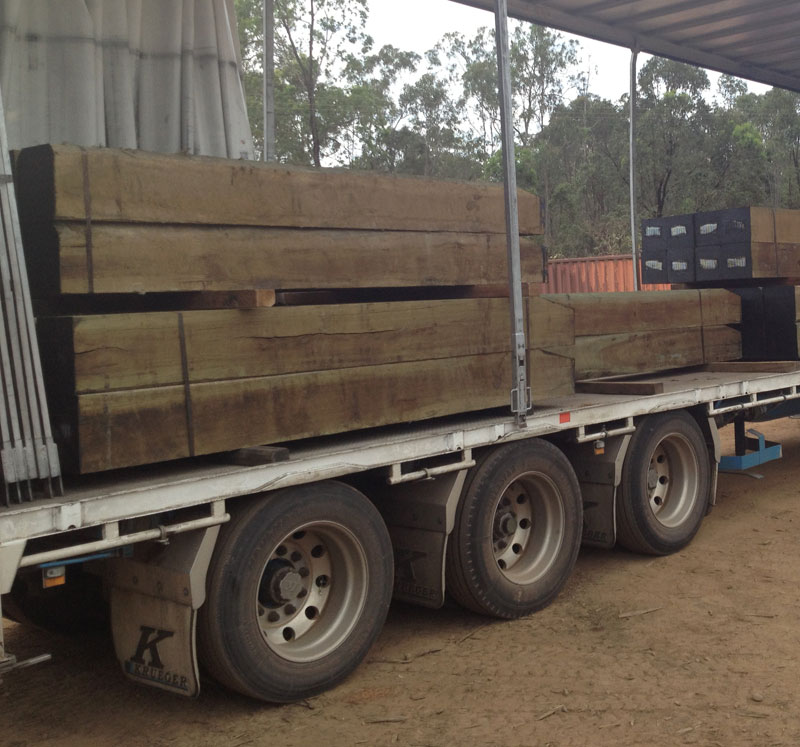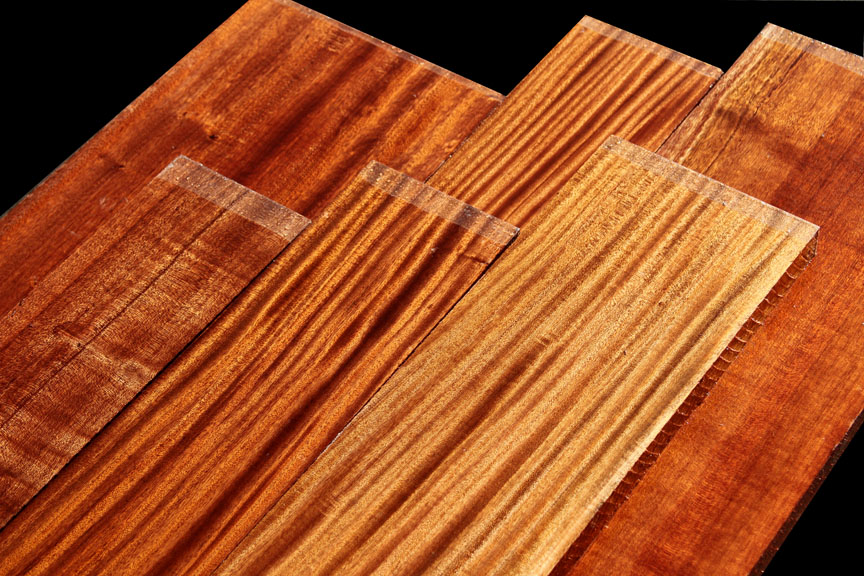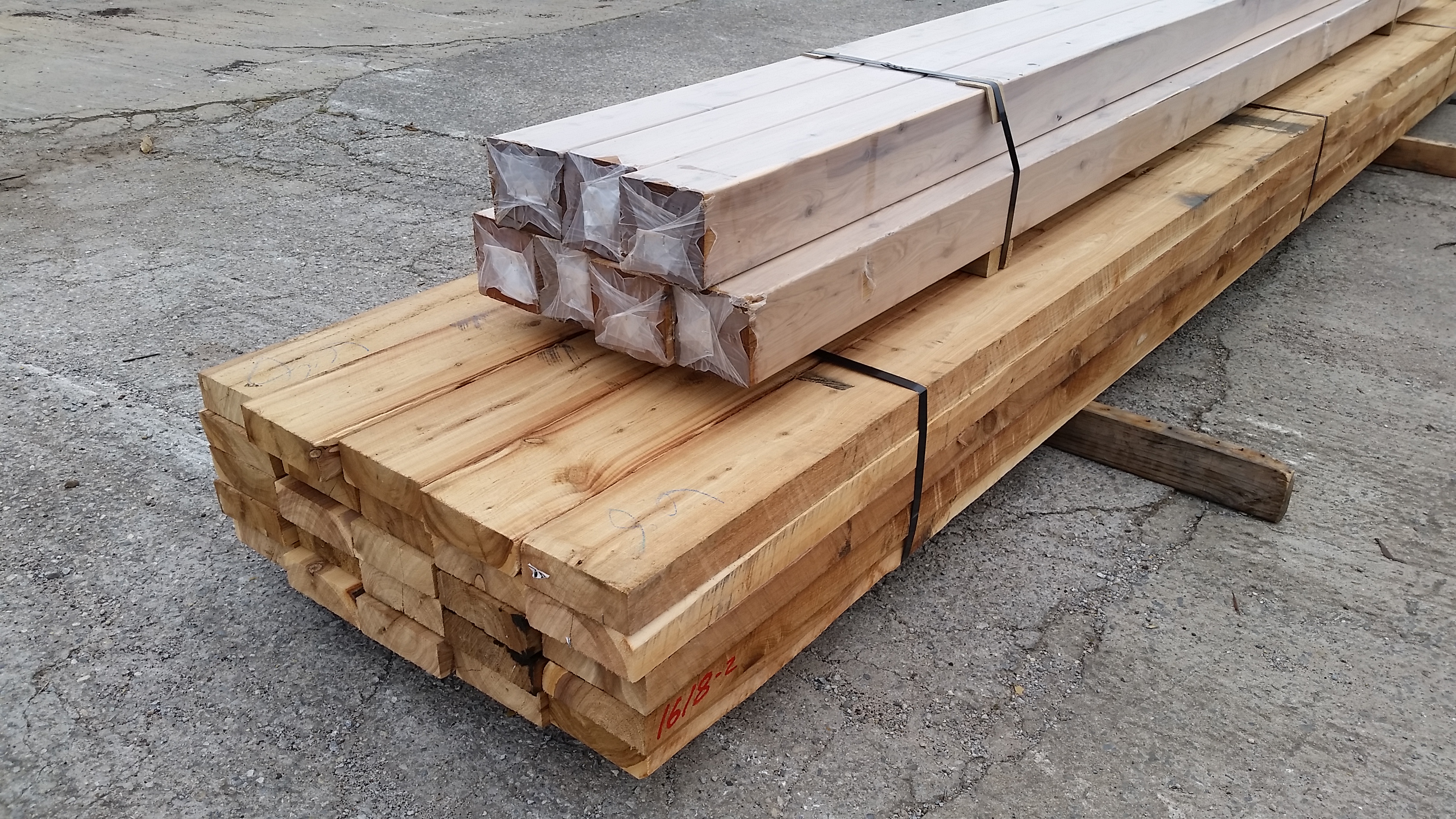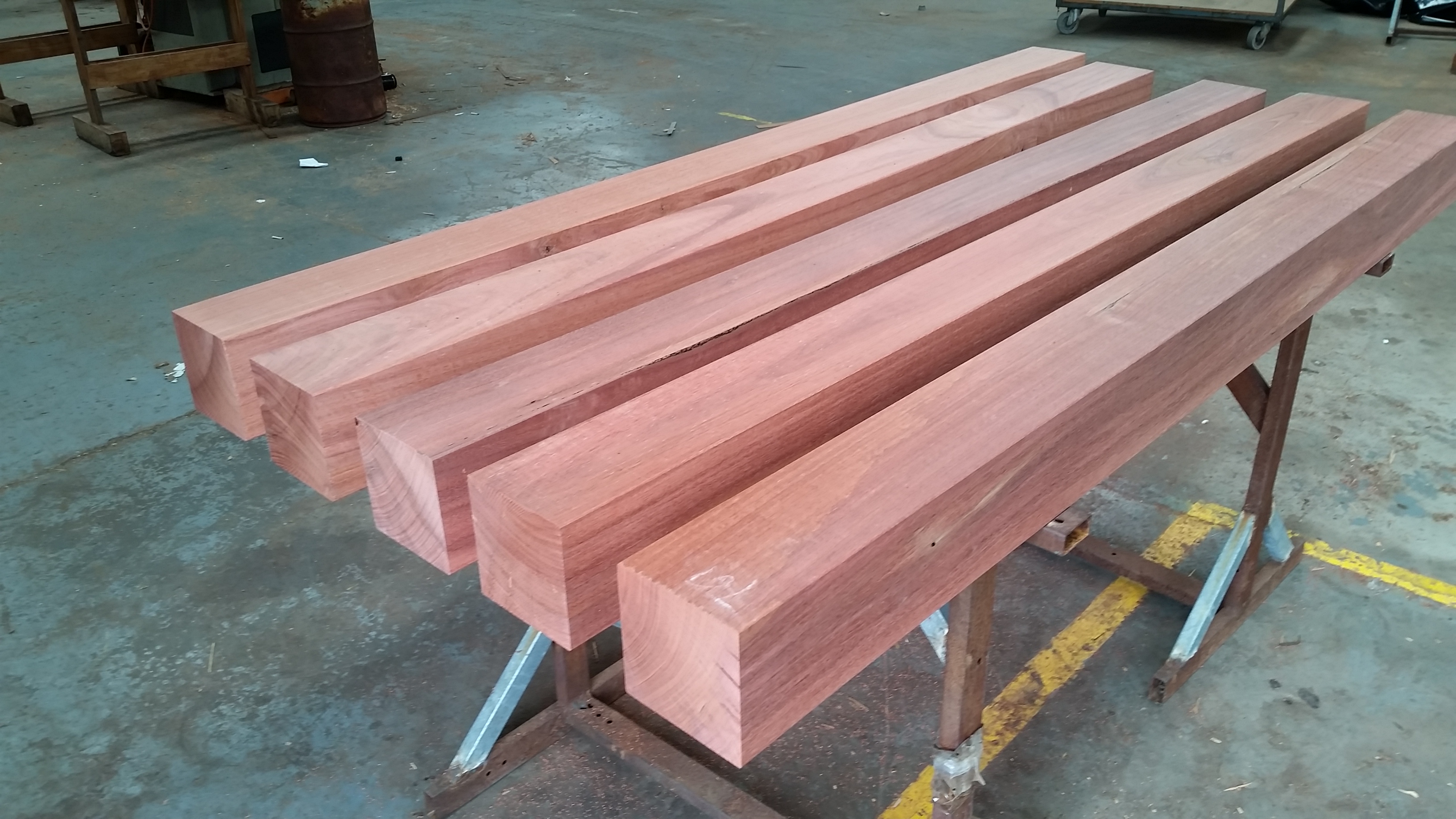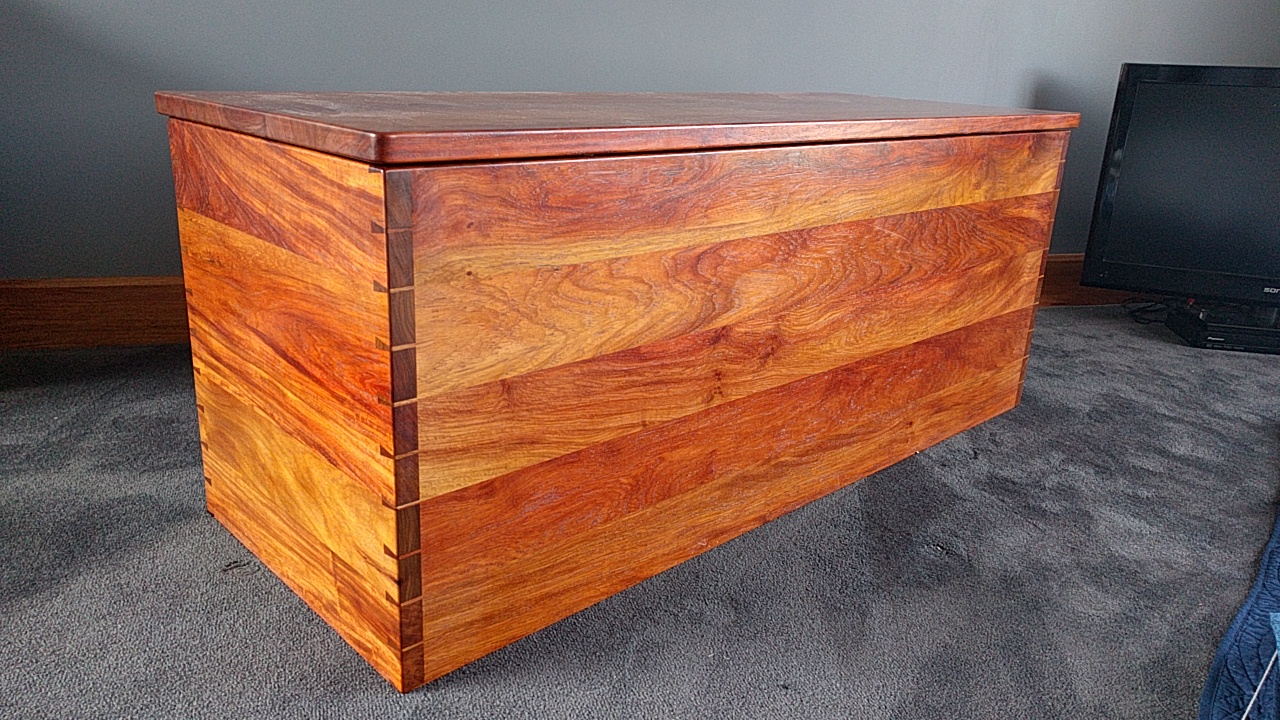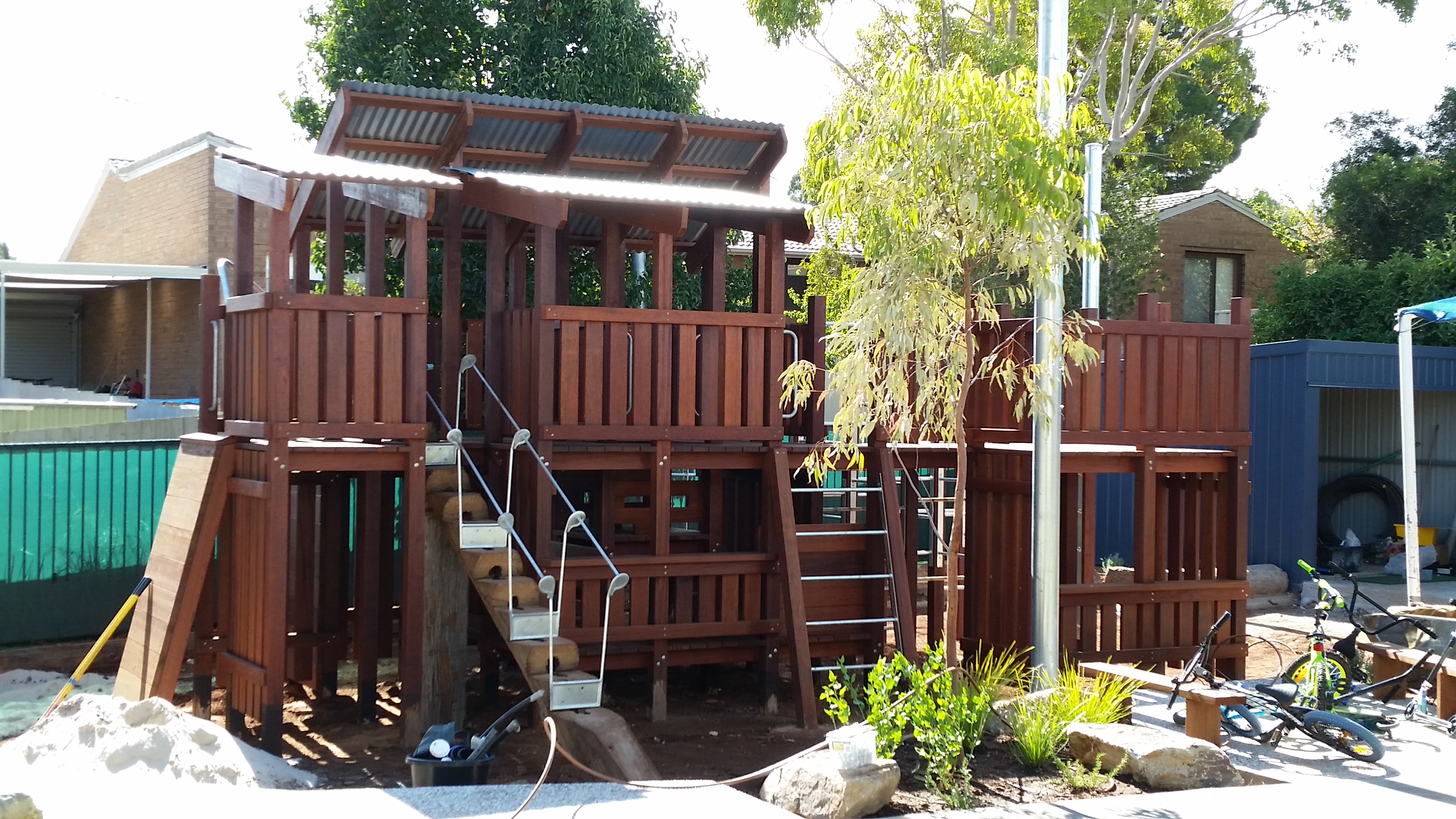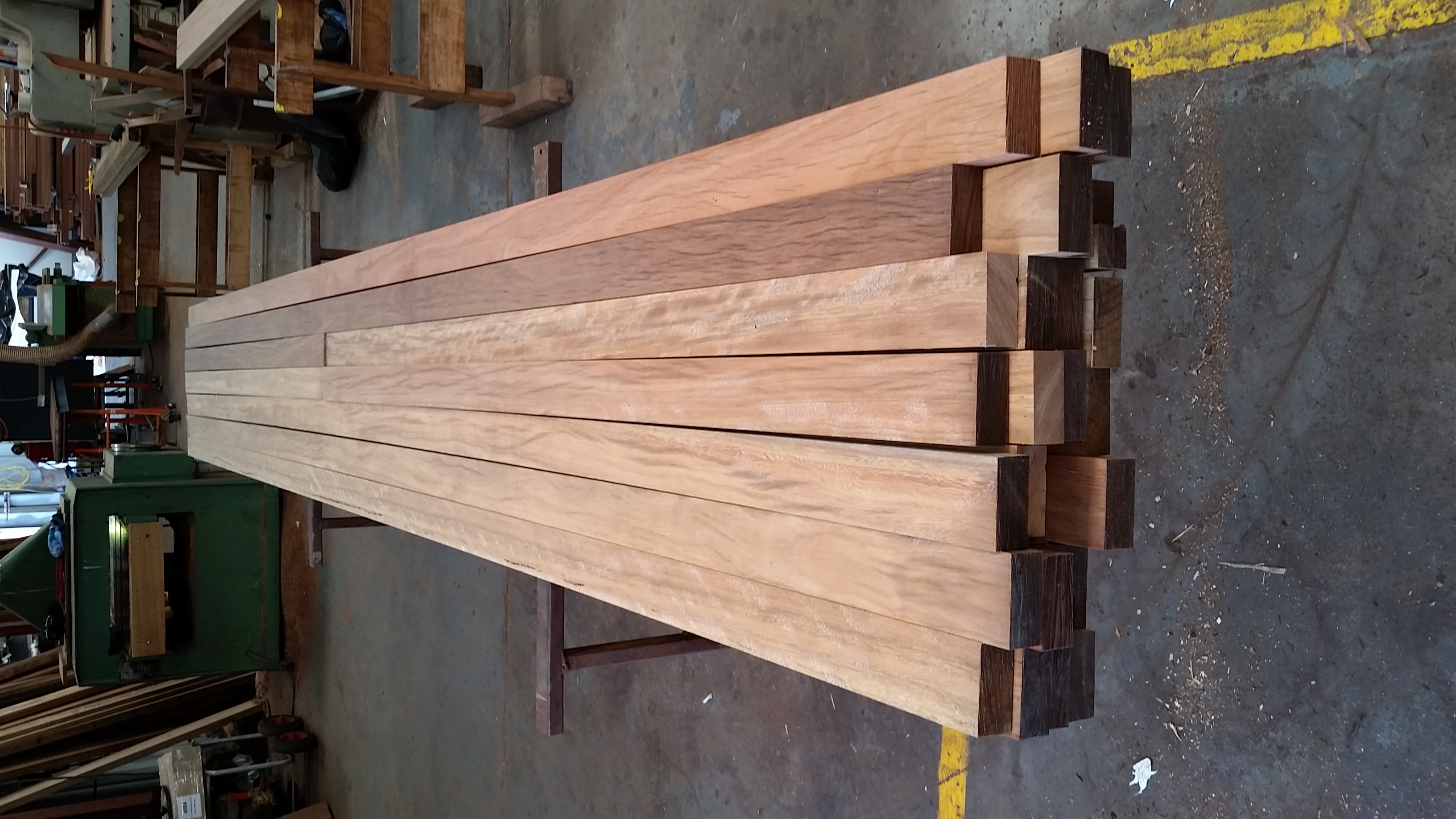Bushfire Resistant Timber Species
- BAL12.5 and 19 -Bushfire resisting timber
- General Timber – Timber with density of 750 kg/m or greater, are timbers density at 12 percent moisture content. Suitable timbers are listed in AS 3959 Table E1.
- Joinery Timber (window and doors only) – Timber with density of 650 kg/m or greater, are timbers density at 12 percent moisture content. Suitable timbers are listed in AS 3959 Table E2.
- BAL29 – Bushfire resisting timber
|
The following timber species have been tested and found to meet the required parameters without having to be subjected to fire retardant treatment: |
|||
|
Image |
Species |
Durability Class (above ground) |
Origin |
|
Blackbutt |
1 |
Australia |
|
|
Ironbark Red / Grey |
1 |
Australia |
|
|
Spotted Gum |
1 |
Australia |
|
|
Merbau |
1 |
Indonesia |
|
|
River Red Gum |
1 |
Australia |
|
|
Turpentine |
1 |
Australia |
|
|
Silver Top Ash |
2 |
Australia |
|
Our stock and species available to order-
Merbau (PNG Kwila) solid Stocked in most sections.7-10 working days from order if not in stock.and FJL Laminated available to order
- Used for structural and joinery purposes due to it’s high strength rating , stability and durability.
- Recommended for all joinery- bench-tops, handrails, stairs, windows, doors, decking, structural posts- beams etc.
- Available a/d or k/d f17-f27
- Naturally BAL 29 fire resistant and termite resistant.
PNG Rosewood– Pterocarpus indicus
- Traditionally used for joinery but recently used externally due to it’s stability and class 1. durability a/g.
- Recommended for joinery- bench-tops, handrails, stairs, windows, doors, decking, flooring, beams, facia, rafters etc.
- Stocked in most sections. 7-10 working days from order if not in stock.
- BAL 12.5 for windows and doors
Spotted gum– 2-8 weeks supply time depending on grade required.
- Historically used for structural purposes due to it’s high strength rating and durability.
- Not recommended for joinery- bench-tops, handrails, stairs, windows, doors etc, due to high shrinkage and tendency to twist, bow and crack.
- Available in f27 k/d m.c. 15-18%. Structural grade, Unseasoned f17 and architectural grade m.c. 10-12% k/d
- Suitable, superior substitute- Merbau f27 select grade. class 1. Durability.a/g class. 2. i/g
Blackbutt– 2-8 weeks supply time depending on grade required.
- Historically used for structural purposes due to it’s high strength rating and durability.
- Not recommended for joinery- bench-tops, handrails, stairs, windows, doors etc, due to high shrinkage and tendency to twist, bow and crack.
- Available is f27 k/d m.c. 15-18%. Structural grade, Unseasoned f17 and architectural grade m.c. 10-12% k/d
- Suitable, superior stability and colour substitute for joinery- PNG Rosewood select grade. class 1. Durability a/g.
Ironbark– 3-8 weeks supply time depending on grade required.
- Historically used for structural purposes due to it’s high strength rating and durability.
- Not recommended for joinery- bench-tops, handrails, stairs, windows, doors etc, due to high shrinkage and tendency to twist, bow and crack.
- Available Unseasoned f17 or f14.
- Suitable, superior substitute for joinery- PNG Rosewood select grade. class 1. Durability a/g. or Merbau f27 select grade- for joinery or structural.
Jarrah- W.A.
- Historically used for structural purposes, flooring, joinery and fencing due to it’s availability (back-loaded to Adelaide) and class 2. durability i/g.
- Not recommended for novice joinery- bench-tops, handrails, stairs, windows, doors etc, due to relatively high shrinkage and tendency to twist, bow and crack. Suitable for joinery if seasoned to 6-9% m.c.-
- naturally termite resistant.
- Available unseasoned and in some sections k/d or a/d.
Karri- W.A
- Historically used for structural purposes, shed rails and fencing rails due to it’s availability in long lengths and high structural strength (f17) and class 2. durability i/g.
- Not recommended for posts or large sections due to very high shrinkage- 12% radial.
- NOT termite resistant.
- Available unseasoned- 100×50 and 75×50
Queensland Cedar (Toona ciliatavar. australis)
- Historically used for joinery, skirtings etc.
- Should be used for heritage restorations instead of imported western red cedar.
- class 1. durability a/g.
- Available seasoned 150-250x 45mm. lengths 2.4-3.0m
Mahogany– Swietenia macrophylla
- Historically used for joinery, musical instruments, kitchens and boat interiors
- Solomon island plantation Brazilian mahogany
- Planted by the British Army after WW2.
- Very stable, low shrinkage
- Available from us seasoned 10 years 100×25 150×25 200×25 150×50 and some smaller sections. All 1.8m lengths.
PNG Heavy Hopea- Hopea Iriana
- Used for structural purposes due to it’s high strength rating and class 2. a/g and i/g durability.
- Rips extremely well will minimal spring off- saw
- Seasons to f27 -f34. Structural grade, Unseasoned f17 .
- Very affordable and suitable for substructure with low shrinkage.
Native White Cypress– Callitris Glauca, Callitris Columellaris, Callitris Hugelii
- Shrinkage is low- 2% radial.
- Used for structural purposes due to its high durability and affordability compared to hardwoods.
- Class 1. durability above ground- in Zone B and Zone C. Class 2. Durability in ground- in Zone A and Zone B. –which covers southern South Australia.
- Naturally termite resistant.
- Native white cypress is not cypress macrocarpa (golden cypress)
- The marketing name Çypress ’Gold’ is not cypress macrocarpa (golden cypress).
Native Cypress Design factors – considerations are-
Timber sag–
- When spanning using cypress beams, unseasoned cypress may sag unloaded.
- Increasing section size in thickness will not help e.g going from 200×50 to 200x75mm.
- Cypress is a relatively small tree so increased the width/ depth may not be available e.g 250x50mm is rare in long lengths.
- Span tables– It is better to over- engineer when using f7 structurally graded unseasoned cypress due to potential sag– see above. .
Timber fixing– Cypress is a dense softwood, so has to be treated like a hardwood when fixing. All screws and nails need to be pre-drilled, and bolt holes drilled oversize to allow for expansion/ contraction.
Sapwood–The sapwood is not durable.
- As long as it is regularly maintained with penetrating, anti -mould, anti-fungal oils, sapwood in some applications, can last indefinitely.
- There is no minimum or maximum amount of sapwood allowed for in the grading.
- Boards lose their volume when the sapwood degrades, and therefore possibly lose the f7 grade over a short span of years.
- For in-ground applications it is recommended that all sapwood be removed below ground level.
- Exposed docked ends should be coated with Log end sealer to reduce splitting.
- Post faces should have penetrants applied to slow moisture loss and reduce checking.
- Timber ‘Wane’ Is common and is part of the rustic character when choosing the white cypress species.
- When the sapwood degrades, most posts will have wane.
Acclimatizing- Cypress seasoned relatively quickly and is a relatively stable species if installed between late Autumn and early spring. All cut ends should be sealed with Caltex log end sealer to reduce cracking and board/post faces, ideally, deep treated. This species can be installed in the warmer months with a lot of care. The result just will not be as good.
Joinery- Cypress is not suitable for joinery unless it has been correctly seasoned to 10-12% moisture content.Allow for at least 50% waste for selection after seasoning, due to the cracking, bowing and loose knots. Seasoned supply is generally not available.

